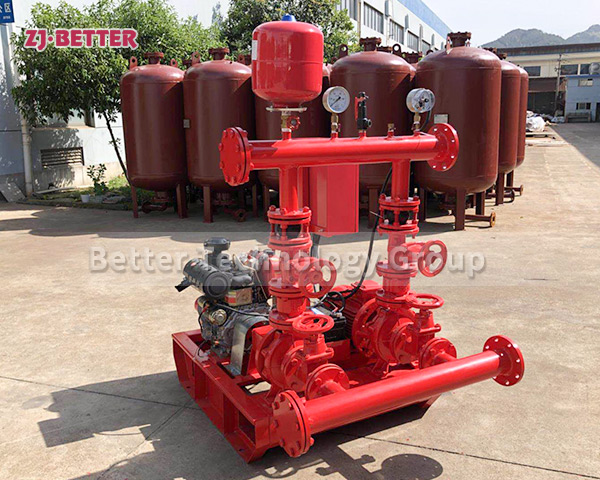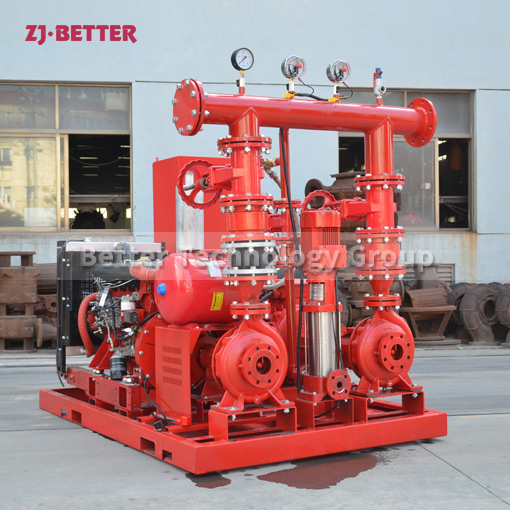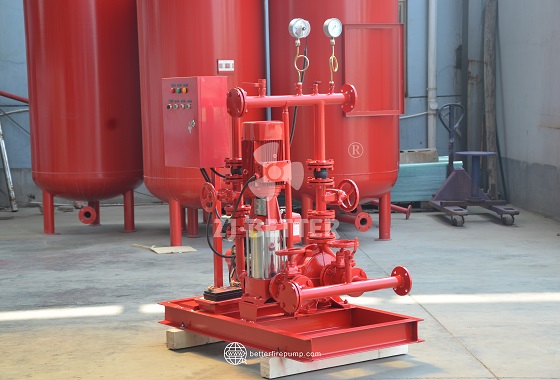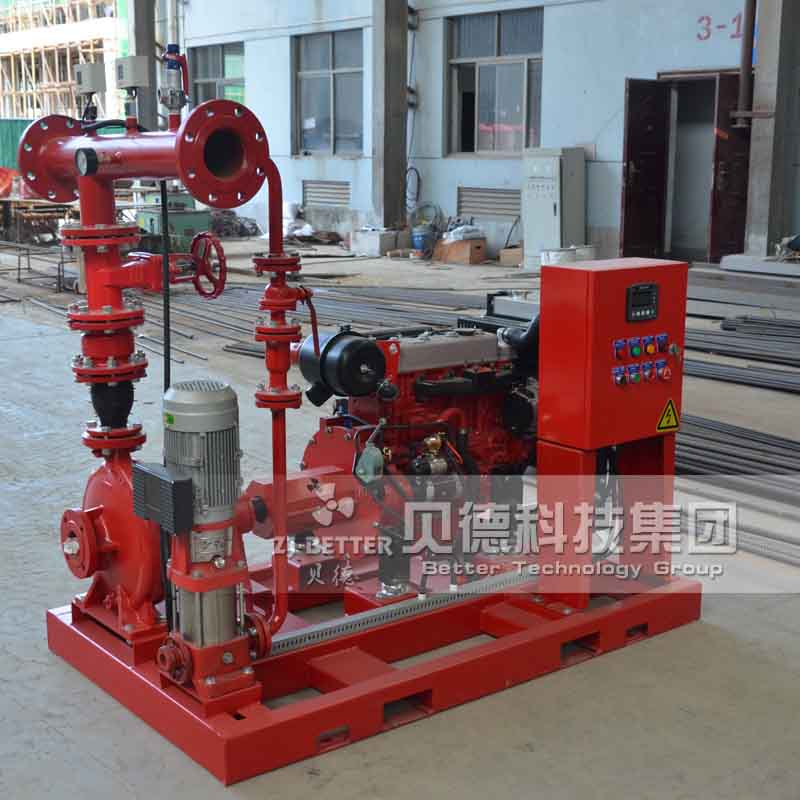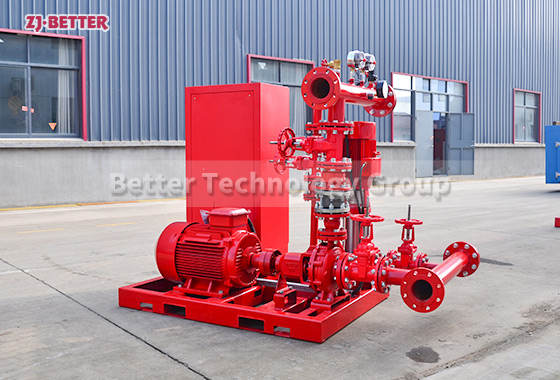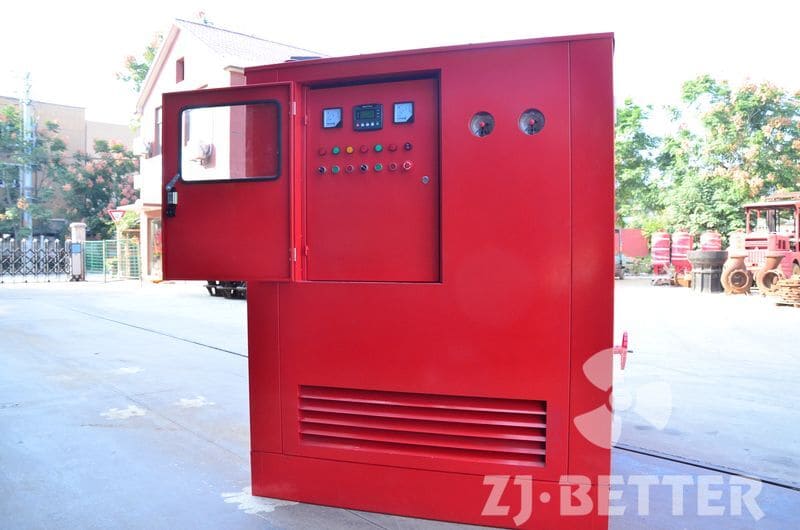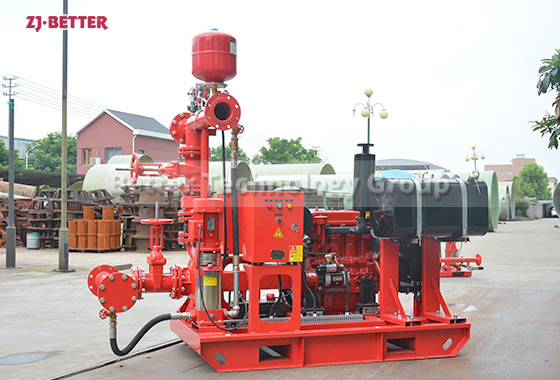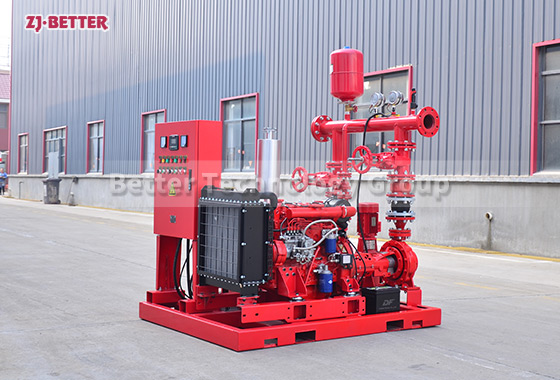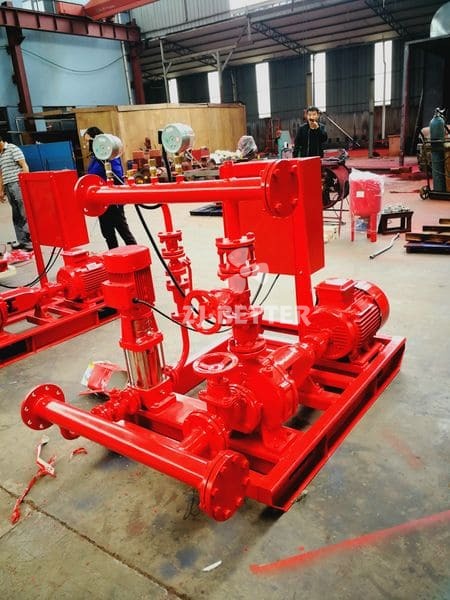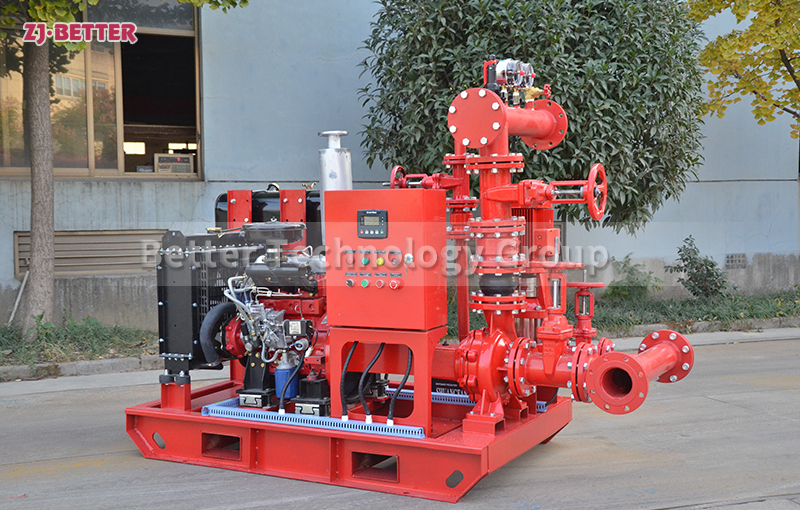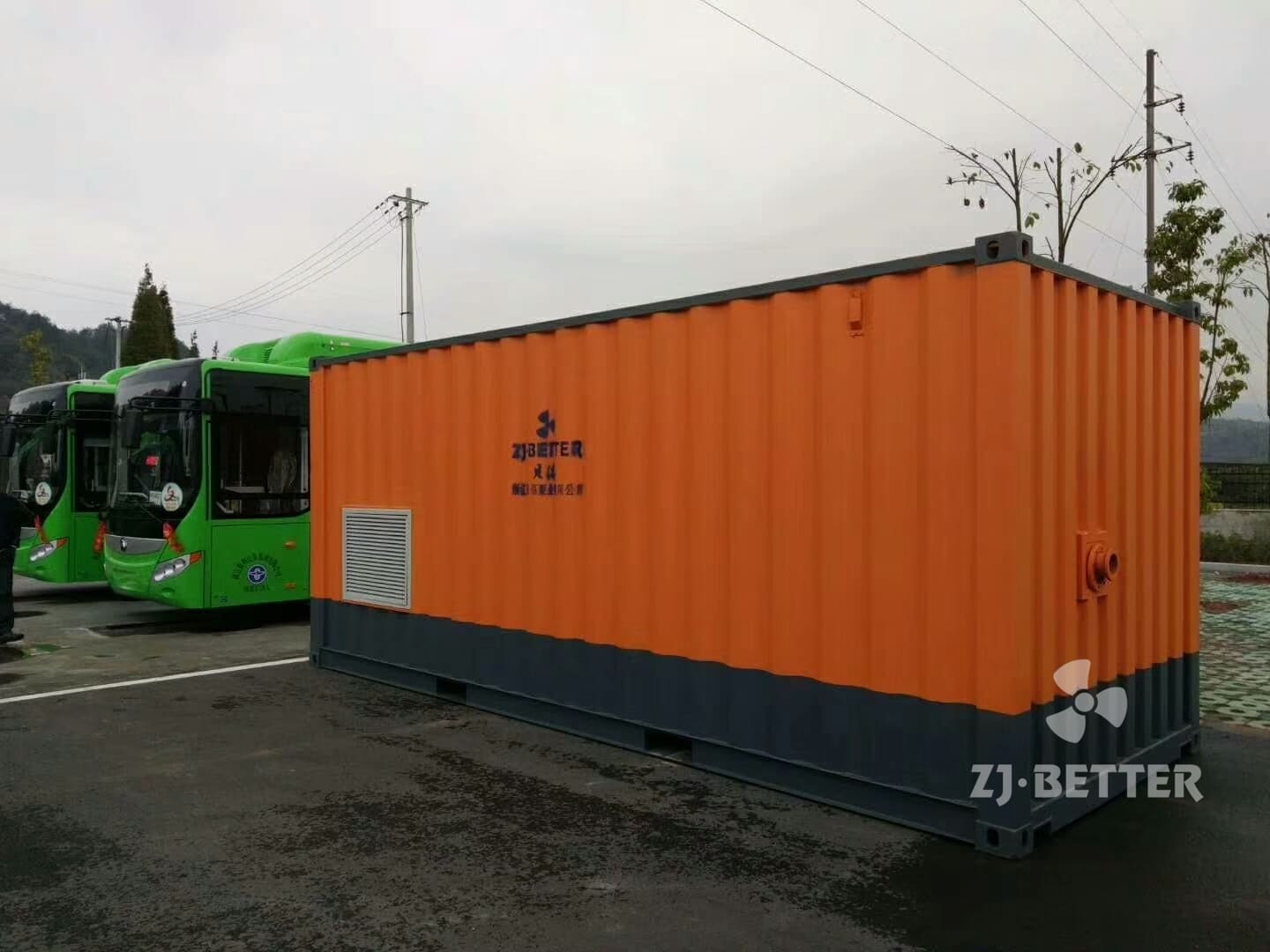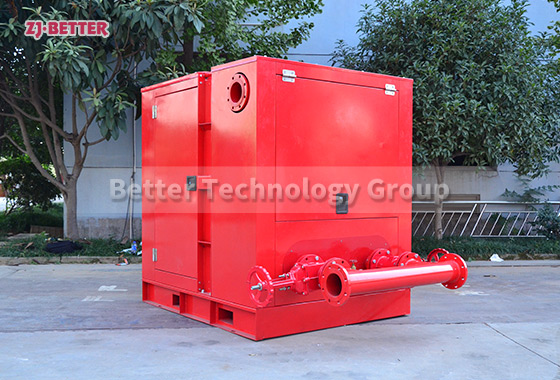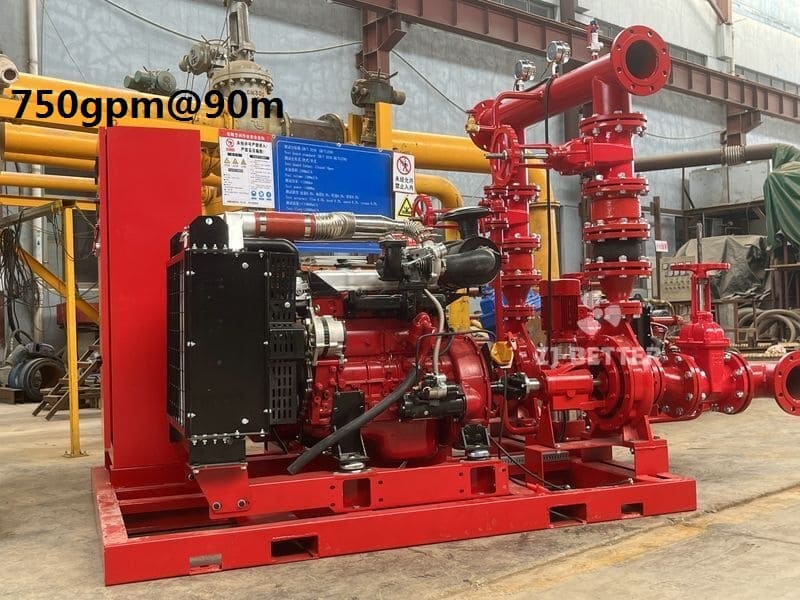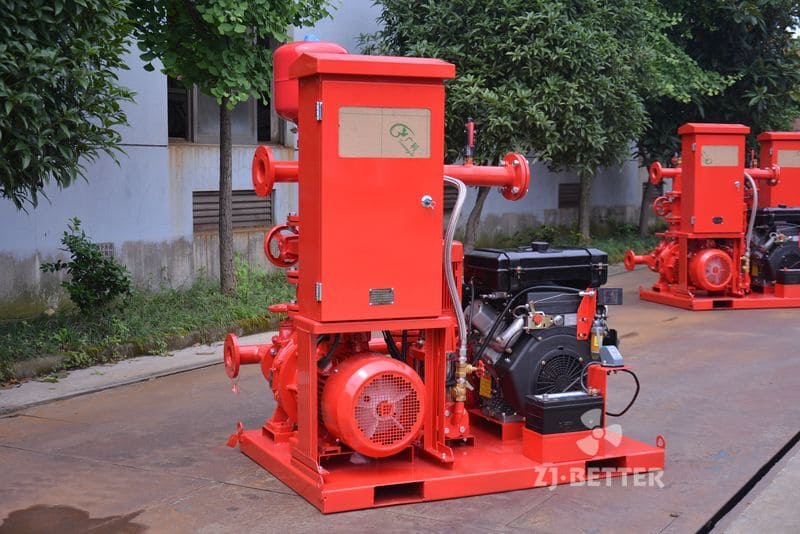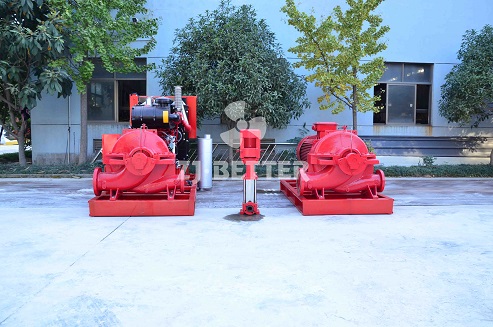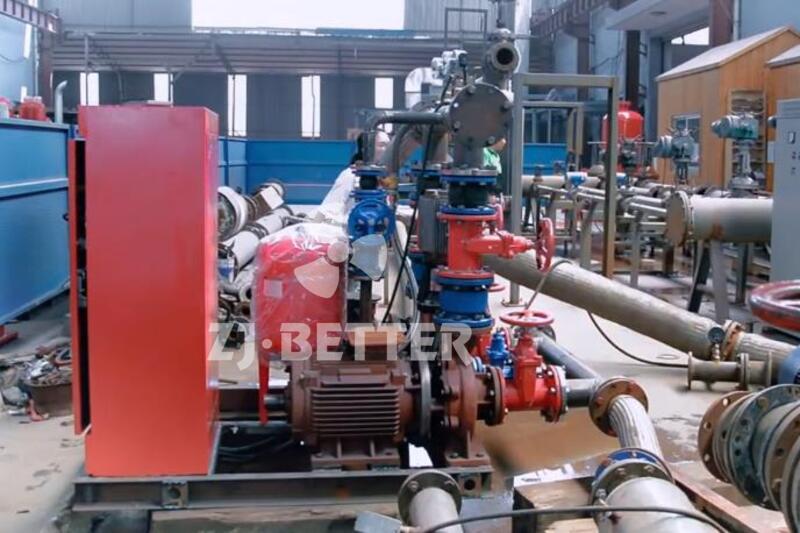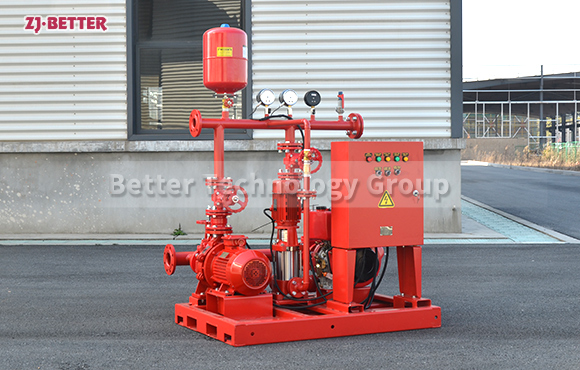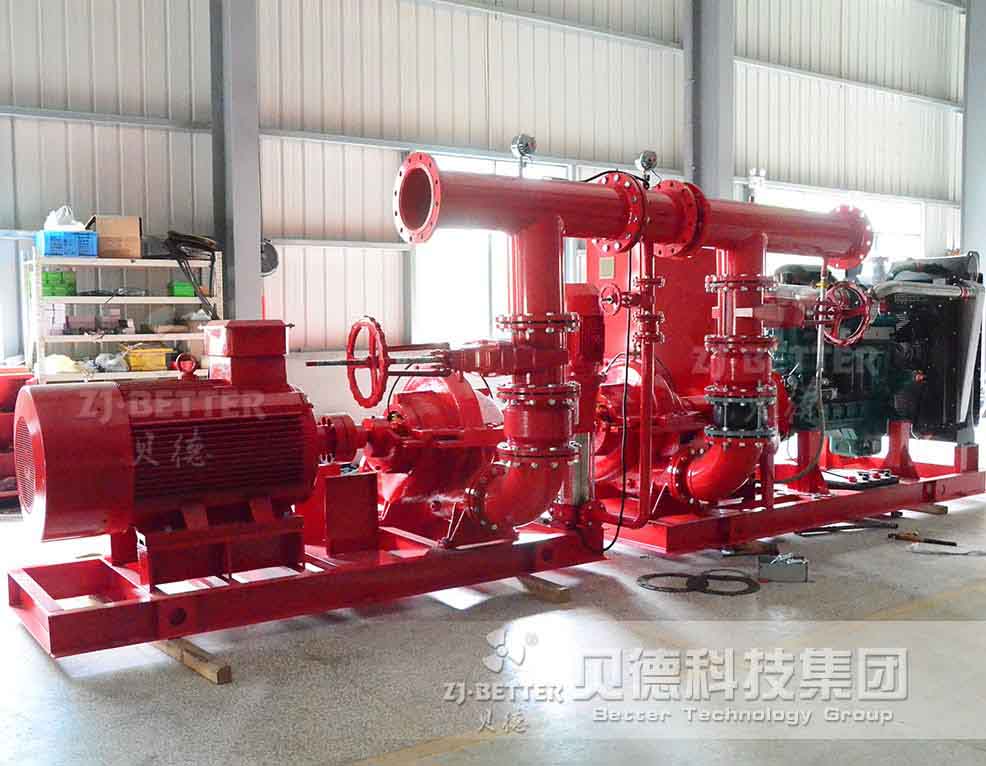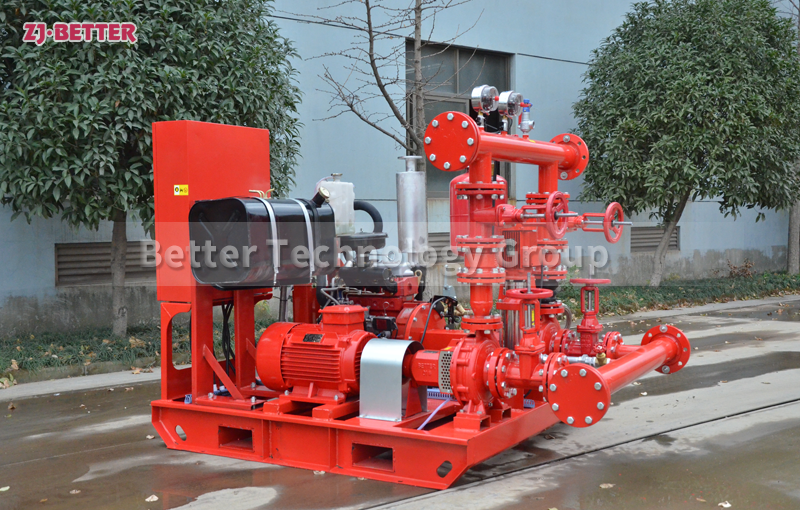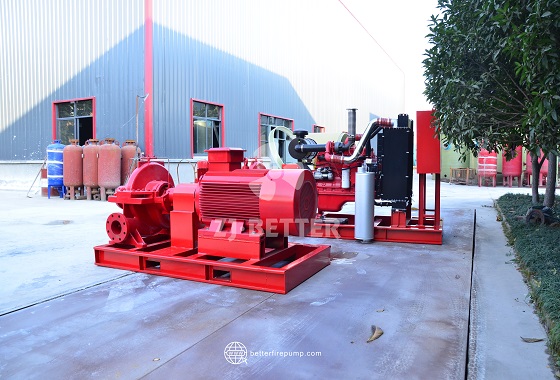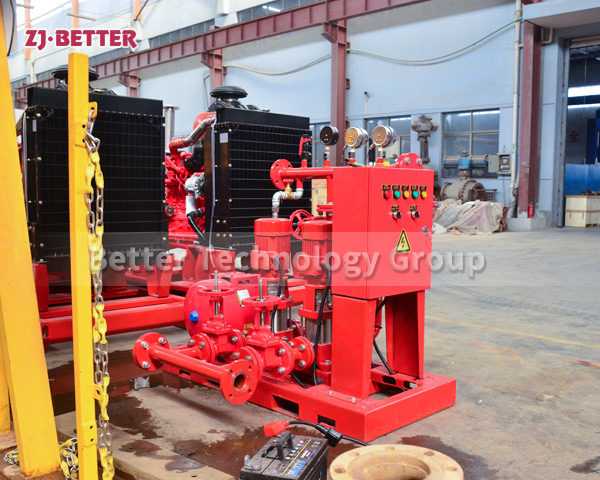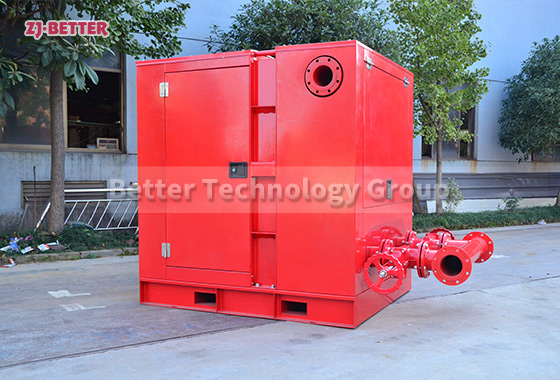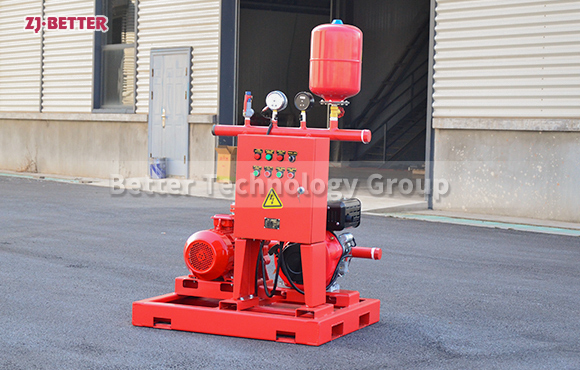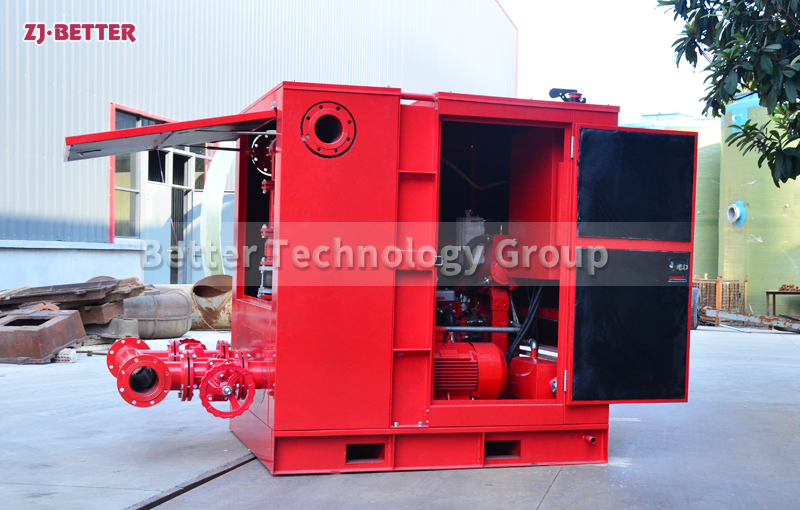How to Maintain a Fire Pump for Long-Term Performance
Discover essential fire pump maintenance practices to improve reliability, extend lifespan, and ensure code compliance in your fire protection system.
A fire pump is the heart of your building’s fire protection system. Like any critical equipment, it must be regularly maintained to remain reliable and compliant. Poor maintenance can lead to performance failures, costly repairs, or even life-threatening consequences during a fire emergency. This guide will walk you through how to maintain a fire pump for maximum reliability and longevity.
1. Follow NFPA 25 Maintenance Standards
NFPA 25 is the standard for inspection, testing, and maintenance (ITM) of water-based fire protection systems, including fire pumps. It provides schedules and procedures that should be followed rigorously:
-
Weekly: Visual inspections and no-flow (churn) test
-
Monthly: Battery inspection and diesel engine system checks
-
Annually: Full flow test, controller test, and mechanical inspection
2. Perform Weekly No-Flow Tests
Run the pump at churn condition (closed discharge) every week to ensure it starts properly and operates smoothly. Check for:
-
Abnormal noises or vibration
-
Overheating
-
Leaks from mechanical seals or gaskets
-
Suction and discharge pressure readings
This simple test helps detect early signs of trouble.
3. Inspect Key Components Regularly
A visual and physical inspection should include:
-
Suction and discharge piping: Ensure no obstructions or leaks
-
Pressure relief valves: Check for corrosion or malfunction
-
Gauges and meters: Verify accuracy
-
Pump alignment: Ensure proper coupling and shaft alignment
-
Bearings and seals: Lubricate if required and check for wear
4. Maintain Diesel Engine Fire Pumps
For diesel-driven fire pumps:
-
Check battery voltage and fluid levels monthly
-
Inspect fuel tank, lines, and filters for contamination or leakage
-
Test engine cranking and run it under load monthly
-
Ensure ventilation and exhaust systems are clean and unobstructed
NFPA 25 recommends a minimum 30-minute run test for diesel pumps annually.
5. Test Controllers and Automatic Start Function
Whether electric or diesel, the fire pump controller must:
-
Start automatically when pressure drops
-
Allow manual start
-
Show visual/audible alarms for failure conditions
Regularly test all controller functions and backup power systems to ensure readiness during an emergency.
6. Keep Records and Logs
Document all inspections, tests, and maintenance actions. A detailed log should include:
-
Date and time of service
-
Personnel name
-
Actions taken
-
Results or issues found
This helps in identifying trends, ensuring accountability, and proving compliance during inspections.
7. Schedule Annual Flow Test
The annual flow test ensures the pump delivers its rated performance. It includes:
-
Churn test
-
100% flow at rated pressure
-
150% flow at 65% of rated pressure
Use a test header or flow meter to verify performance and adjust if needed.
Conclusion
A fire pump is only as reliable as the care it receives. Preventive maintenance not only extends its service life but also ensures your building remains protected and code-compliant. Follow NFPA 25 guidelines, test consistently, and work with qualified fire protection professionals to keep your fire pump in peak condition.


